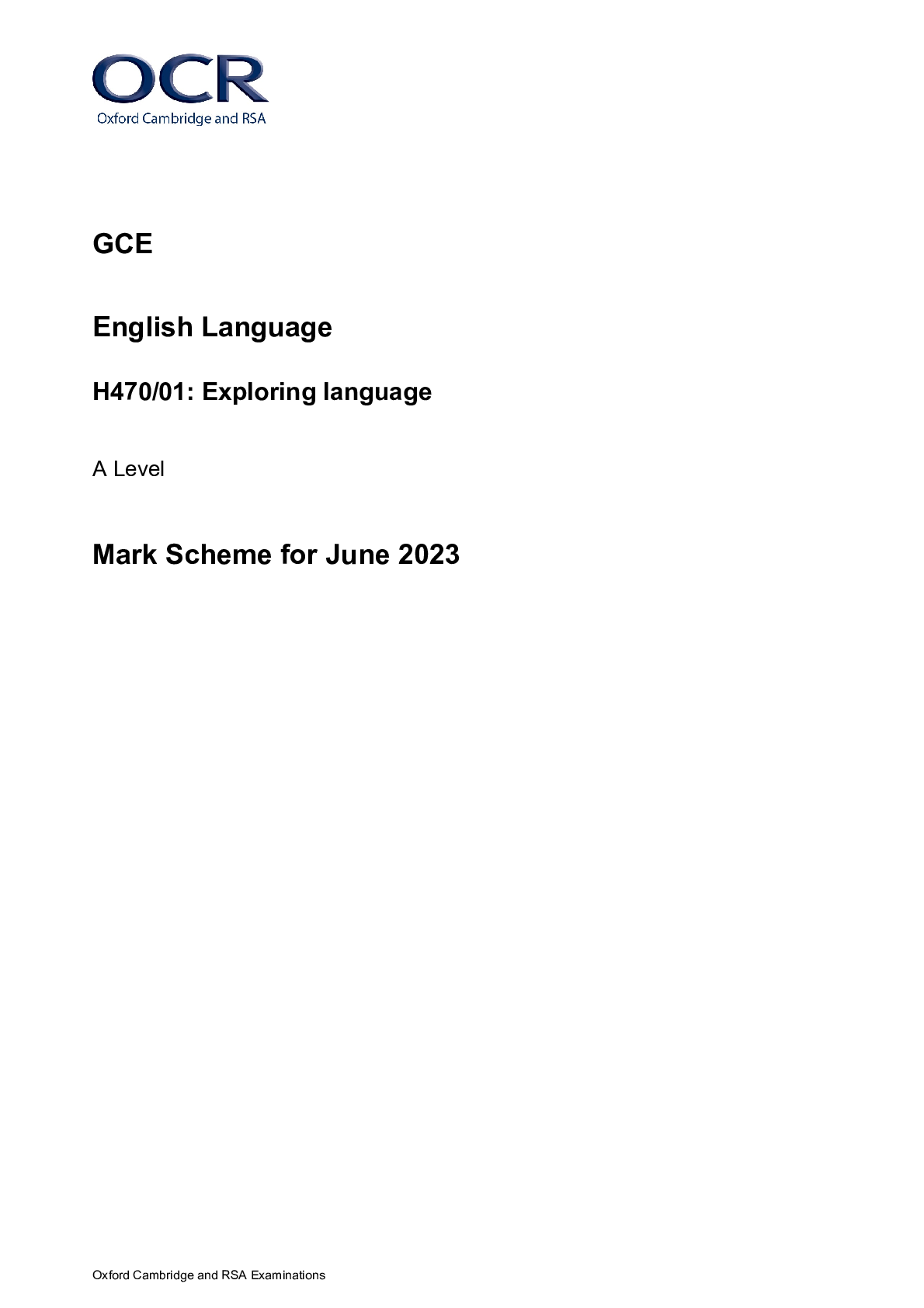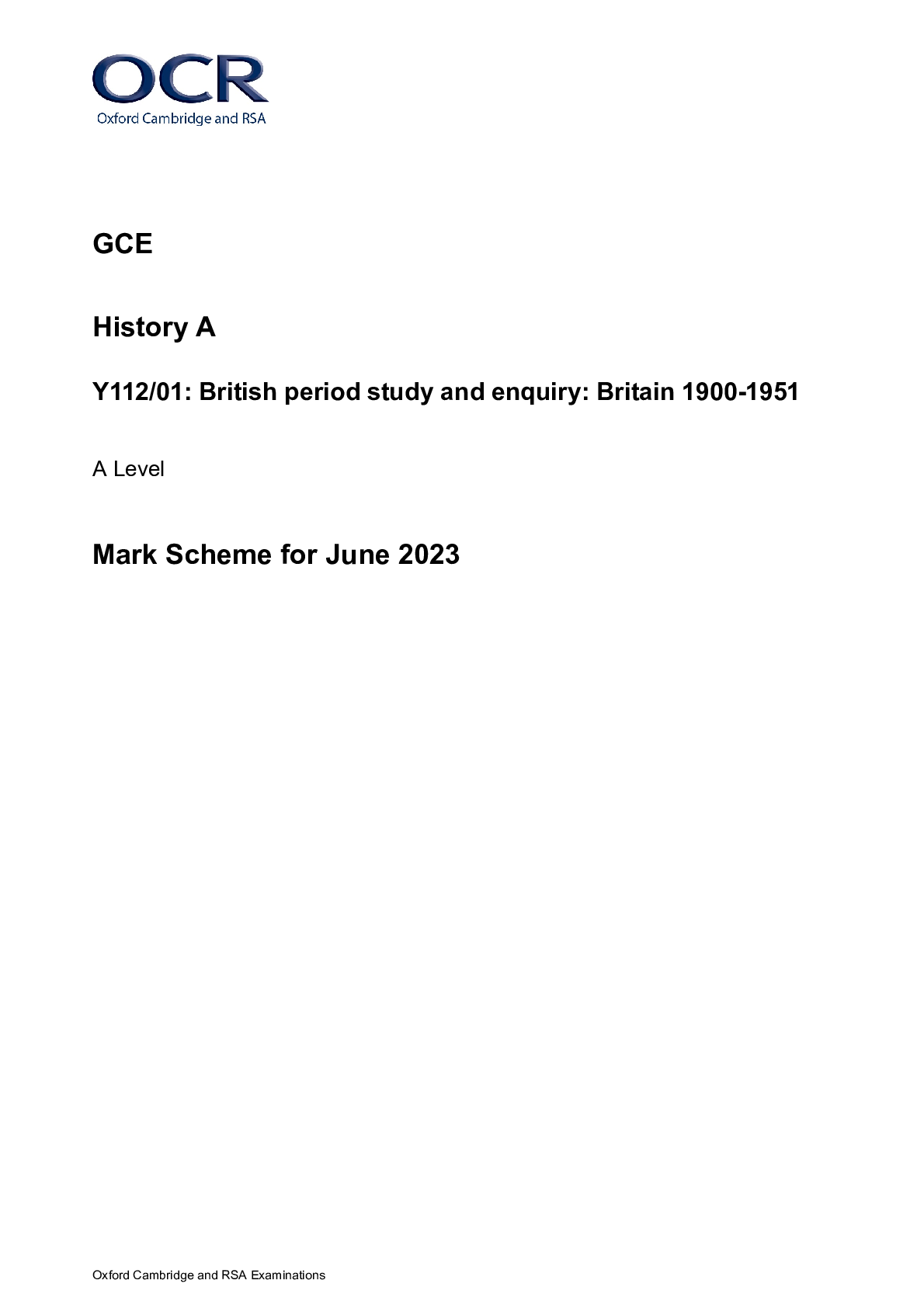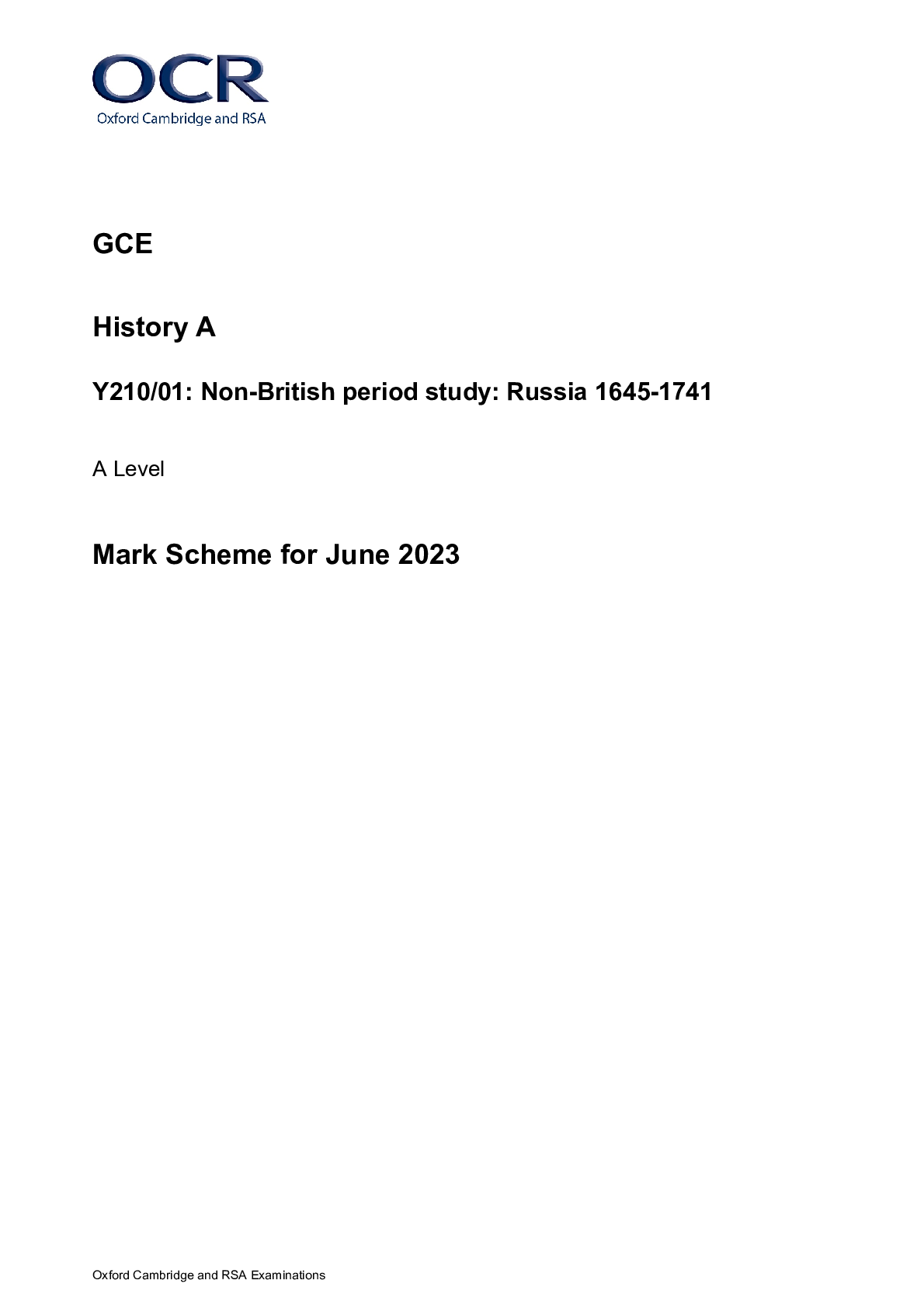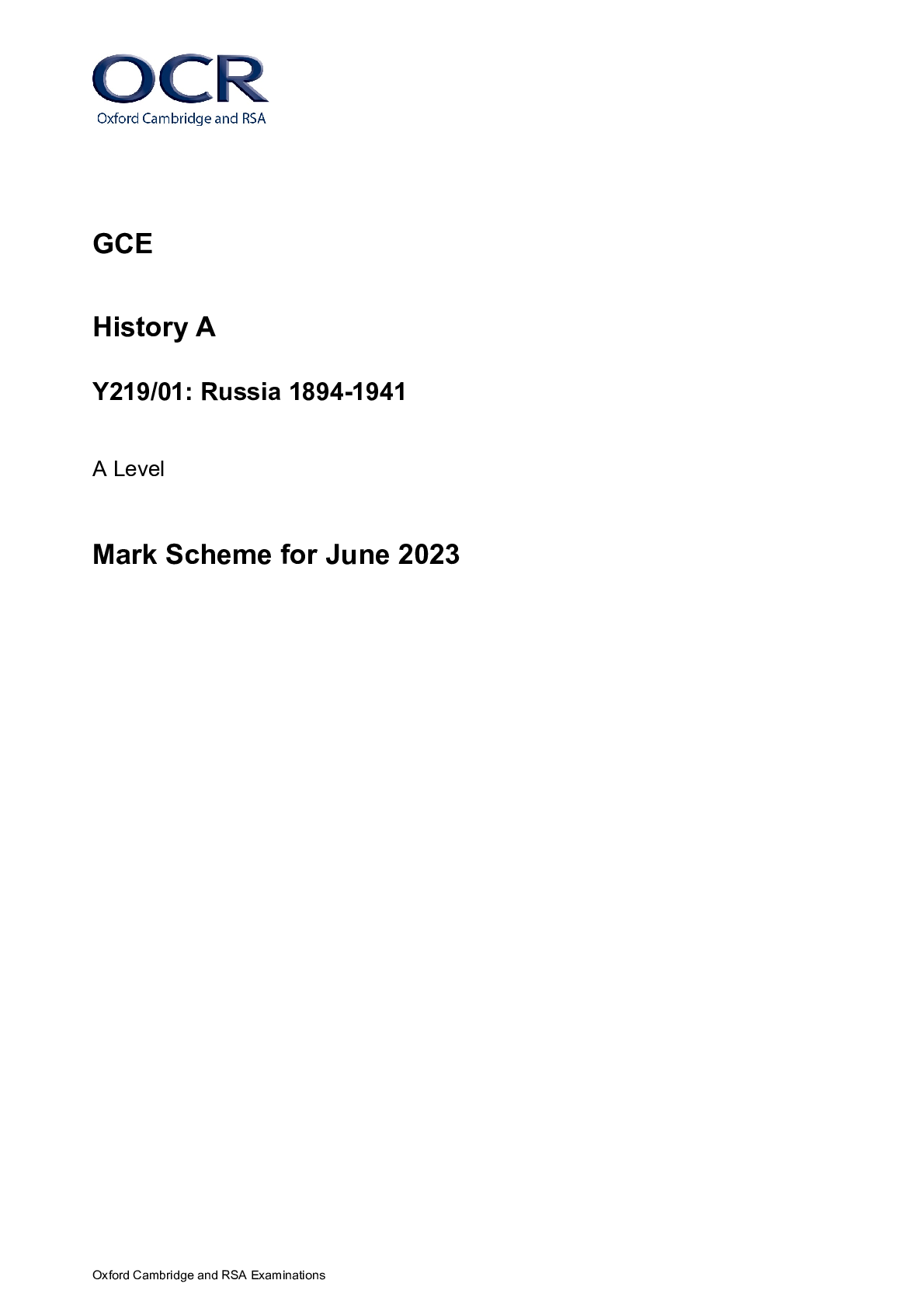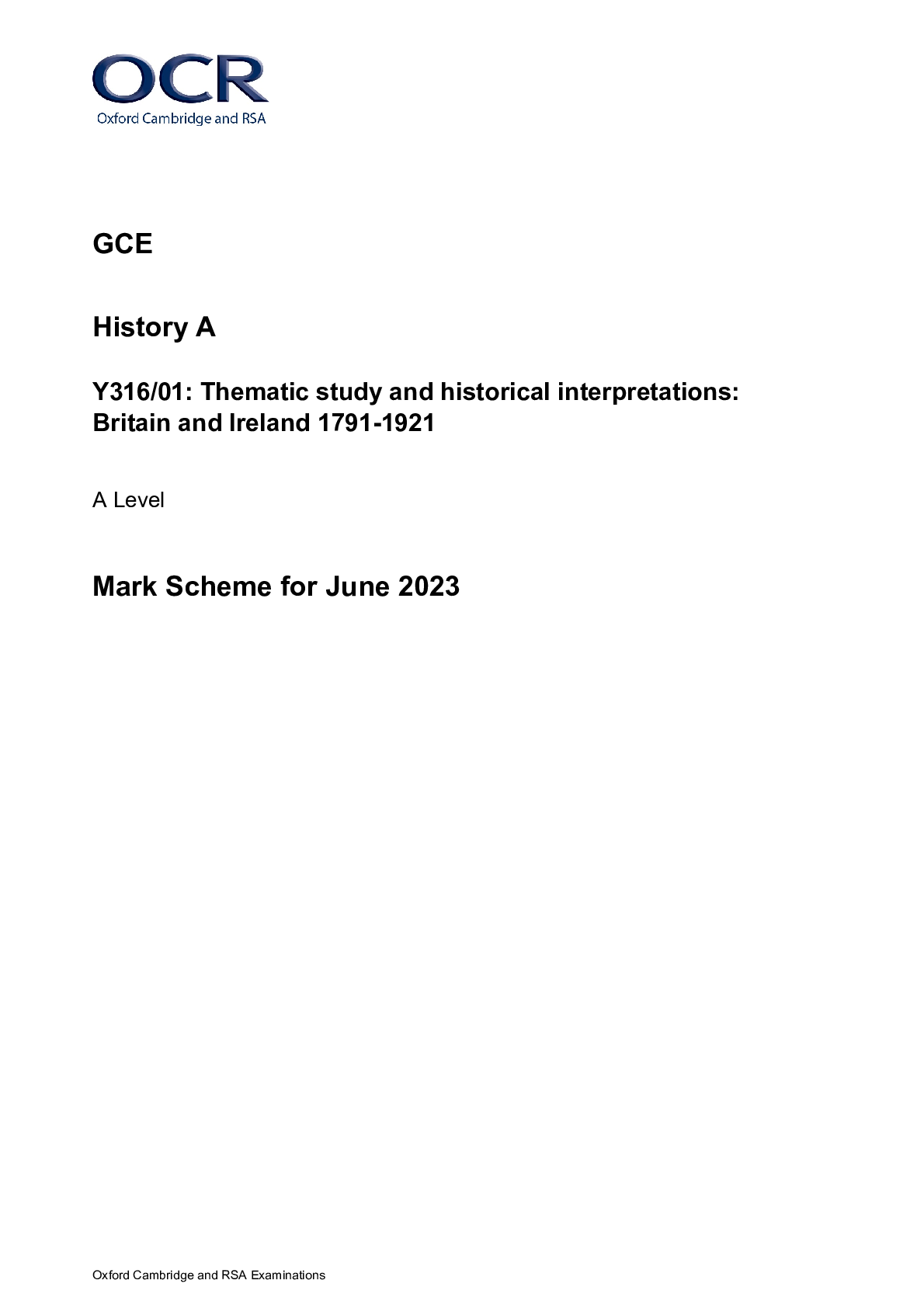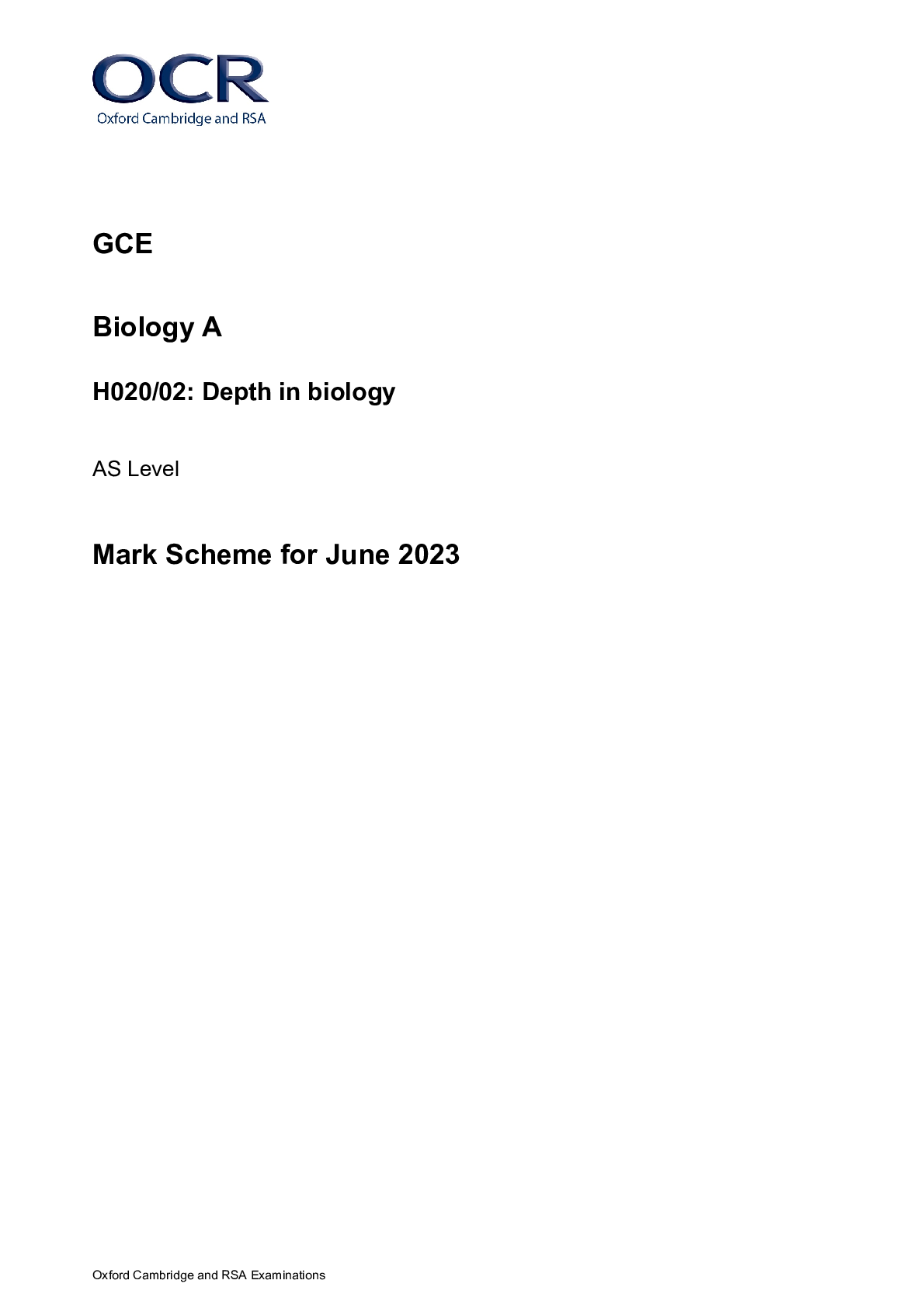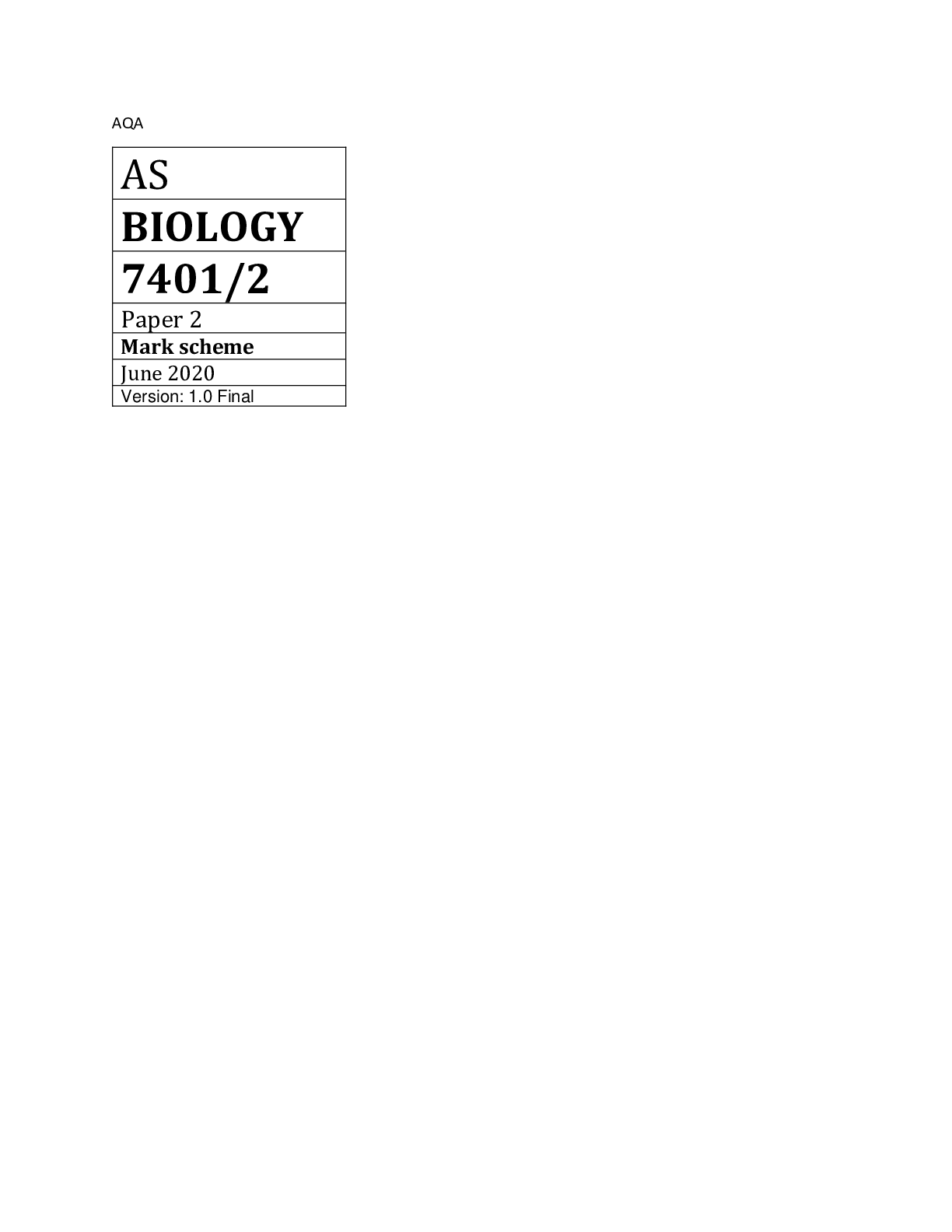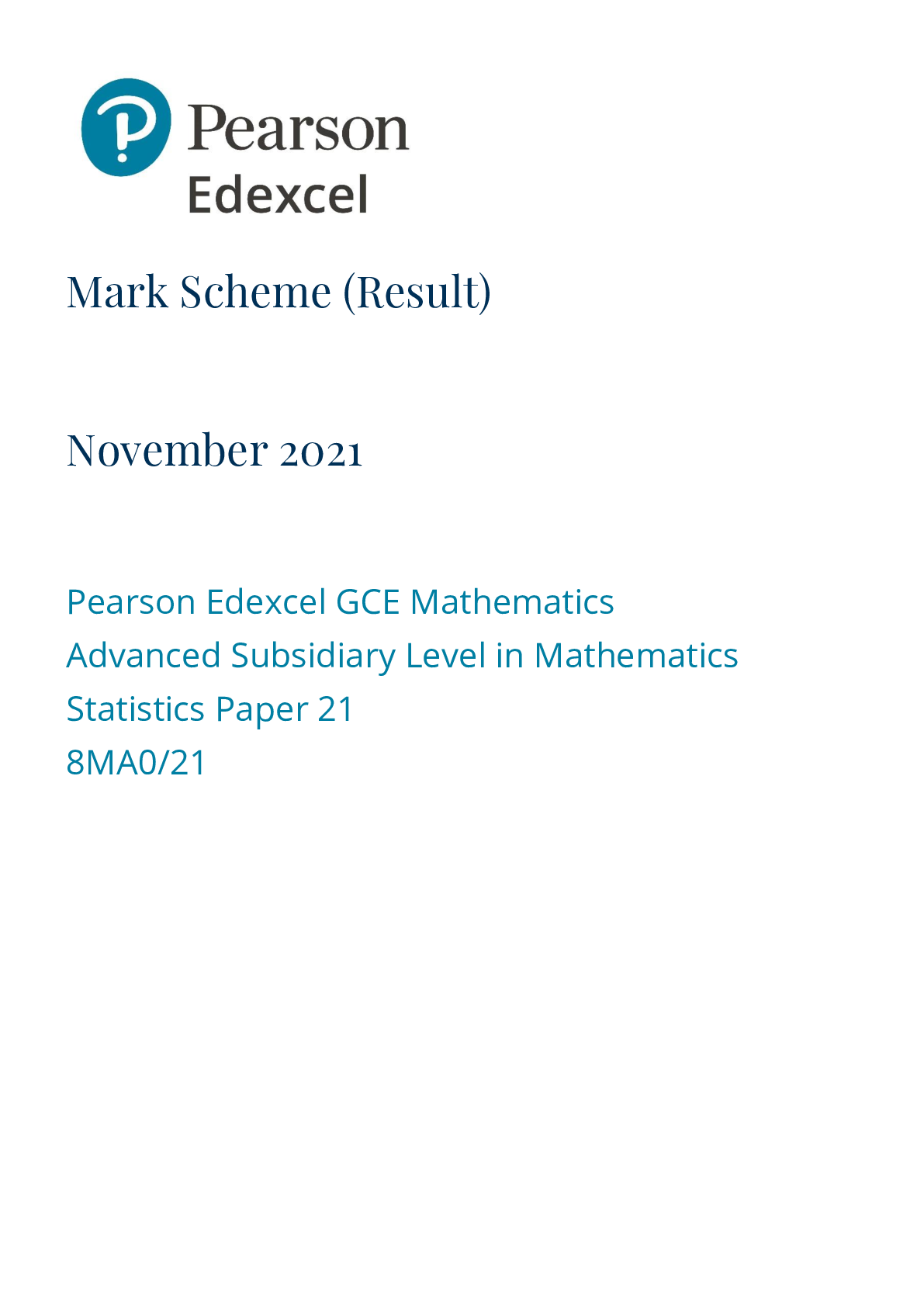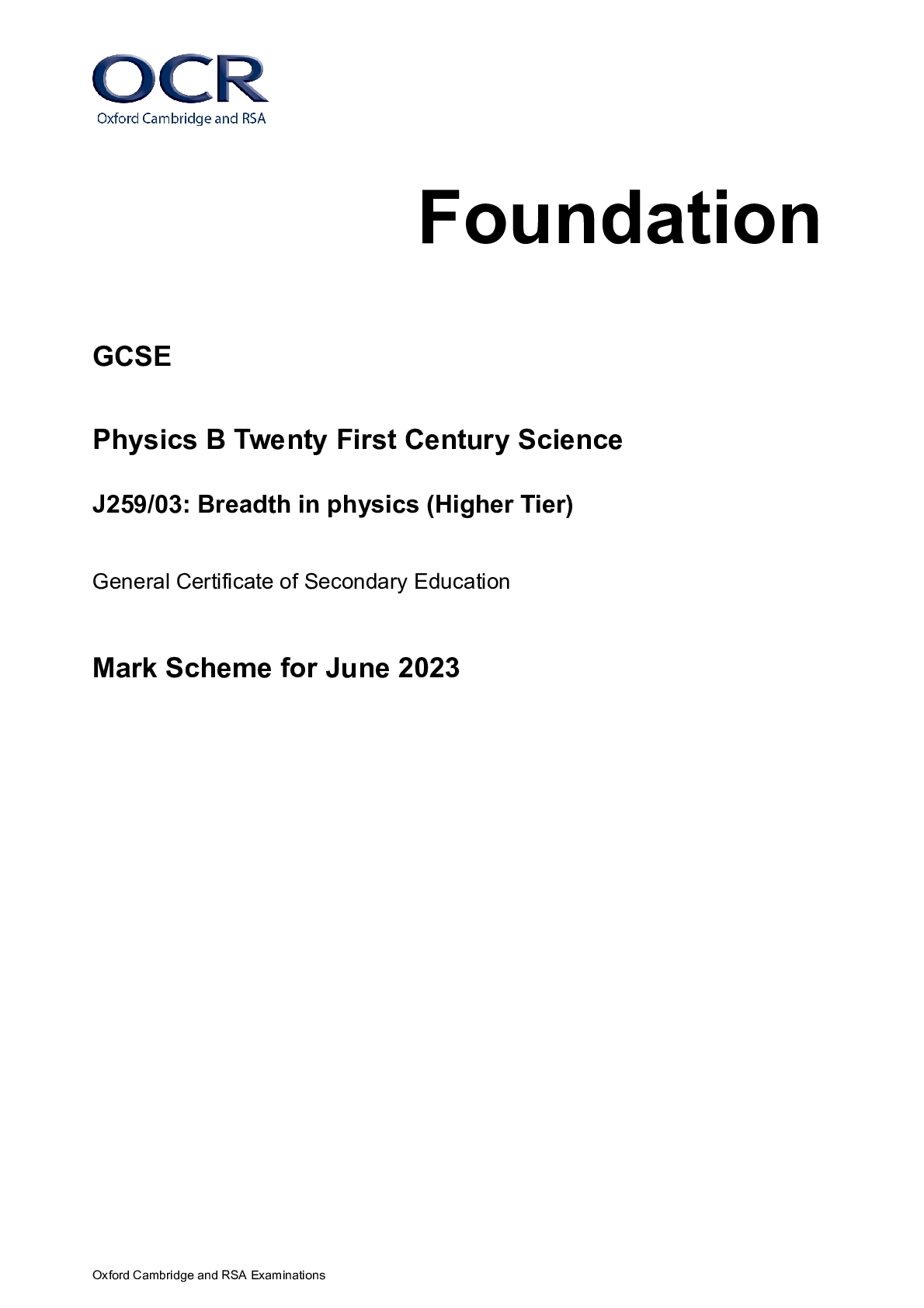English > MARK SCHEME > OCR Practice paper – Set 1 A Level English Language H470/01 Exploring language Practice Paper 1. R (All)
OCR Practice paper – Set 1 A Level English Language H470/01 Exploring language Practice Paper 1. RATED A+
Document Content and Description Below
Question Guidance Marks Text features 1 Text A is a humorous piece from the magazine section of the Saturday edition of The Guardian newspaper, in which the writer Catherine Bennett pretends to be... a so-called ‘empty nester’, a mother whose children have just left home. It seems like the speaker is talking to a friend in a similar position. The article was published in August 2015. Giving careful consideration to the context of the text: (a) identify and analyse patterns of lexical and semantic use. (b) identify and analyse the way sentences are constructed. Possibilities are provided below for guidance but any valid response should be rewarded. General contextual points (AO3): Context can be understood in different ways. In this text there is the context of the text’s genre: a piece of satirical writing (part of a series) in a broadsheet newspaper. These kinds of pieces appear in the quality press and in Private Eye, where a ‘type’, usually particularly self-assured and/or in a high status position in society, is mocked through exaggeration. These pieces will develop in some way and become increasingly absurd as they go on. This one has a twist at the end where we realise that the ‘empty-nester’ is actually glad to 20 In each of the bullet points below, AO1 is covered at the start of the point and AO3 at the end. (a) identify and analyse patterns of lexical and semantic use Possible features could be: • use of proper nouns, reflecting the fact that the text relates to travel: ‘Syria’, ‘St Andrews’, ‘Toronto’ • temporal references/markers: ‘never’, ‘more time’, ‘every time’, ‘September’, ‘Christmas’ • a mix of low (‘Mandarin’) and high frequency (‘flat’) lexis, reflecting broadsheet context • lexical field of education: ‘tutors’, ‘essays’, ‘personal statements’ • use of foreign lexis ‘en suite’ – not italicised, as audience familiarity would be assumed • colloquial lexis used to create an informal register ‘kids’, and neologism ‘cuddlies’ • satirical effect comes from repetition of hyperbolic lexis ‘bereavement’ and ‘howling’ • shift from speaker’s smugness to selfishness, established semantically through movement from ‘sitting on her bed and howling’ to ‘off to the dump’ – use of bathos – means that discourse structure of text helps with pragmatic effect, with the ‘twist’ saved for the last paragraph • the semantics of the early part convey to the reader a critique of the smugness of the speaker with phrases like ‘joint history of art and Mandarin’ and the idea that9 have the house free at last. It is designed to entertain but can also have a persuasive slant, prompting the reader to be critical of the subject. In terms of the social, cultural and historical context that surrounds the text, the speaker is clearly middle class and affluent (‘little place in France’) and the implied reader, who may recognise something of themselves in the character, should find their voice entertaining and irritating at the same time. This piece of written satire fits within the wider genre of satirical work, including TV and radio impression shows and the work of comedians and actors like Sacha Baron Cohen and Catherine Tate. It follows discourse structure of a one-sided conversation (e.g. the question at the start suggests they are already talking ‘That’s your last one off in September?’ and ‘I know, thanks’ implies that the speaker is replying to a suggestion from her friend). The reader, meanwhile, probably just sees the speaker as self-centred and dominant. The text is ironic: Catherine Bennett is taking on this voice to make fun of it. The character is meant to irritate the reader with comments like the last line ‘Do you want to see a picture of the puppy?’ which suggests that she has been pretty quick to replace her daughter. the implied listener in the text would automatically know that ‘St Andrews’ was a university, not just a town – links to context • shared knowledge expected here from the actual reader, who being part of the audience for a broadsheet, would know many of the references (b) identify and analyse the way sentences are constructed Possible aspects could be: • verb mood: uses of interrogative, sometimes to imply that this is a conversation, albeit one-sided, and sometimes rhetorical (‘They never stop being your baby, do they?’) – all designed to present character as selfcentred and ripe for mockery • Questions come in succession, in the tradition of quaestitio in rhetorical speech – bombarding the internal audience but also, obviously, the reader, making the character all the more irritating (e.g. end of first paragraph, three in a row) • minor sentences keep conversational feel (e.g. ‘Me, too, St Andrews’ ‘But young people can be so selfish, can’t they?’) – helps give authenticity to the speech and enforces satire, since reader often wants to reply ‘no’ to what she says (e.g. showing the puppy at the end, perhaps). ‘Me, too, St Andrews’ is superficially just chatty, but probably meant to exhibit trait of speaker to show off what her daughter is doing • Uses of tag questions (e.g. ‘can’t they’, ‘do they’), seen by Lakoff and others as female trait, designed often to engage other speakers. Here, again, probably meant to show a rather shallow element to the speaker, who [Show More]
Last updated: 1 year ago
Preview 1 out of 2 pages

Reviews( 0 )
Document information
Connected school, study & course
About the document
Uploaded On
Jun 29, 2022
Number of pages
2
Written in
Additional information
This document has been written for:
Uploaded
Jun 29, 2022
Downloads
0
Views
67


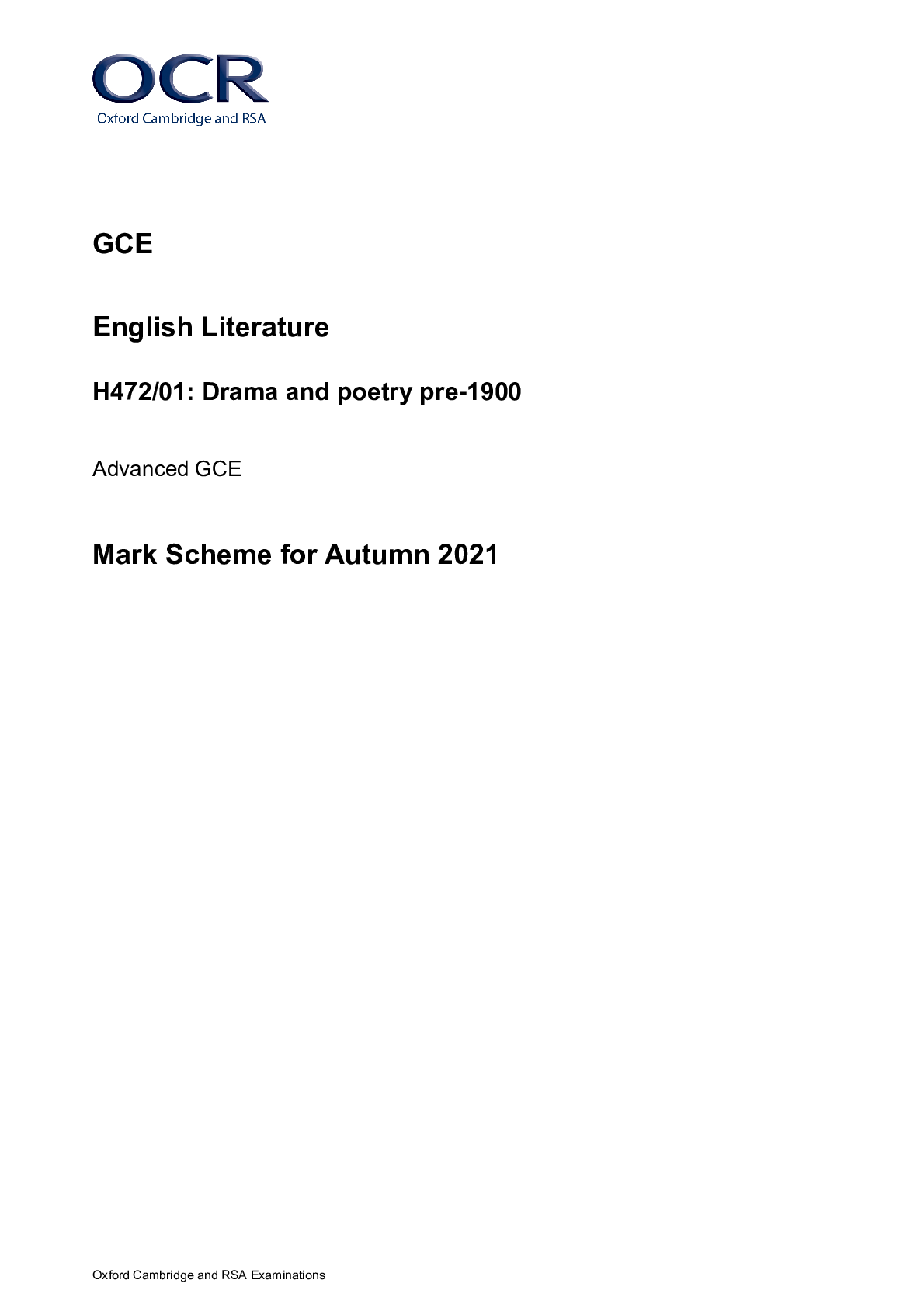
.png)
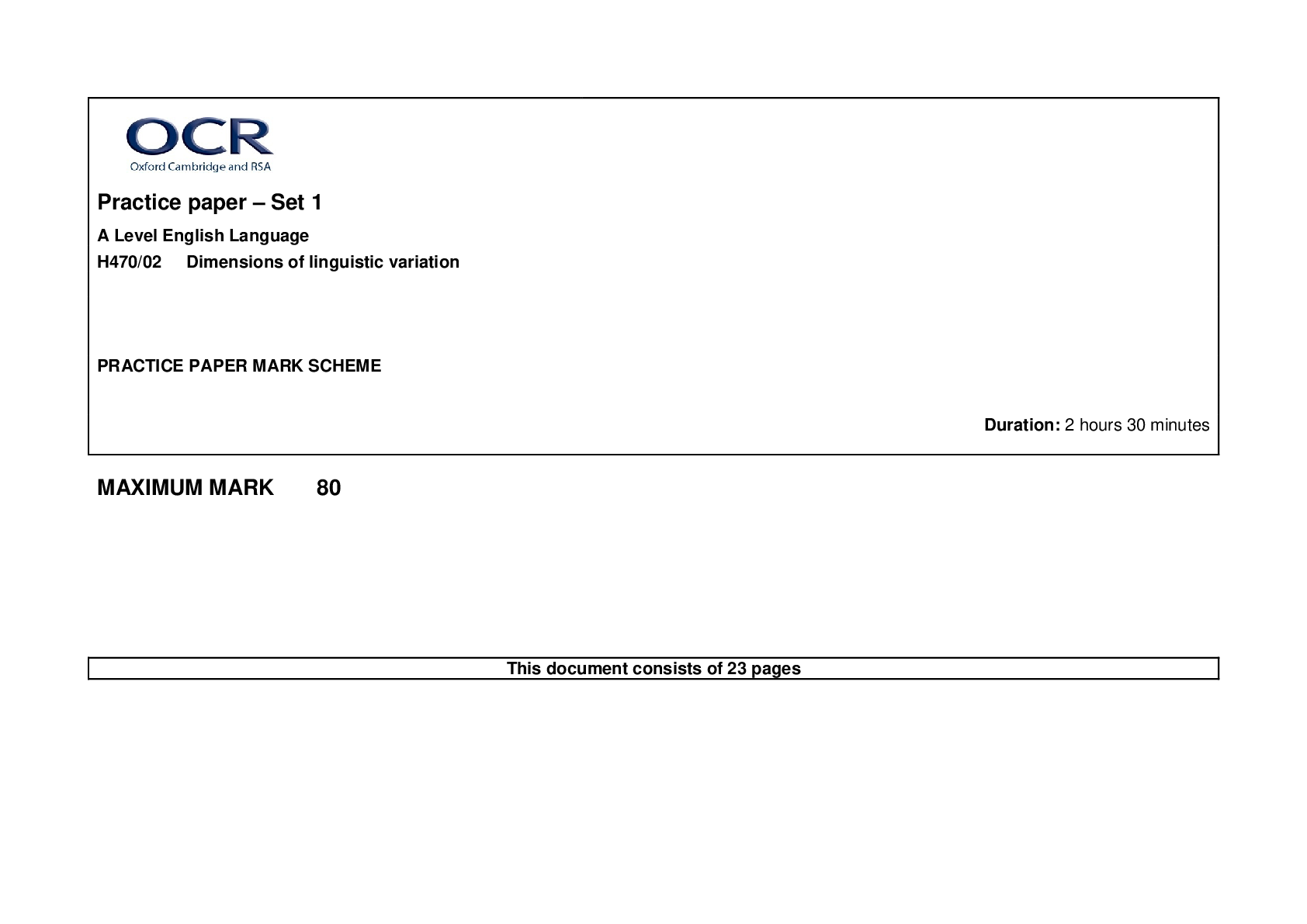
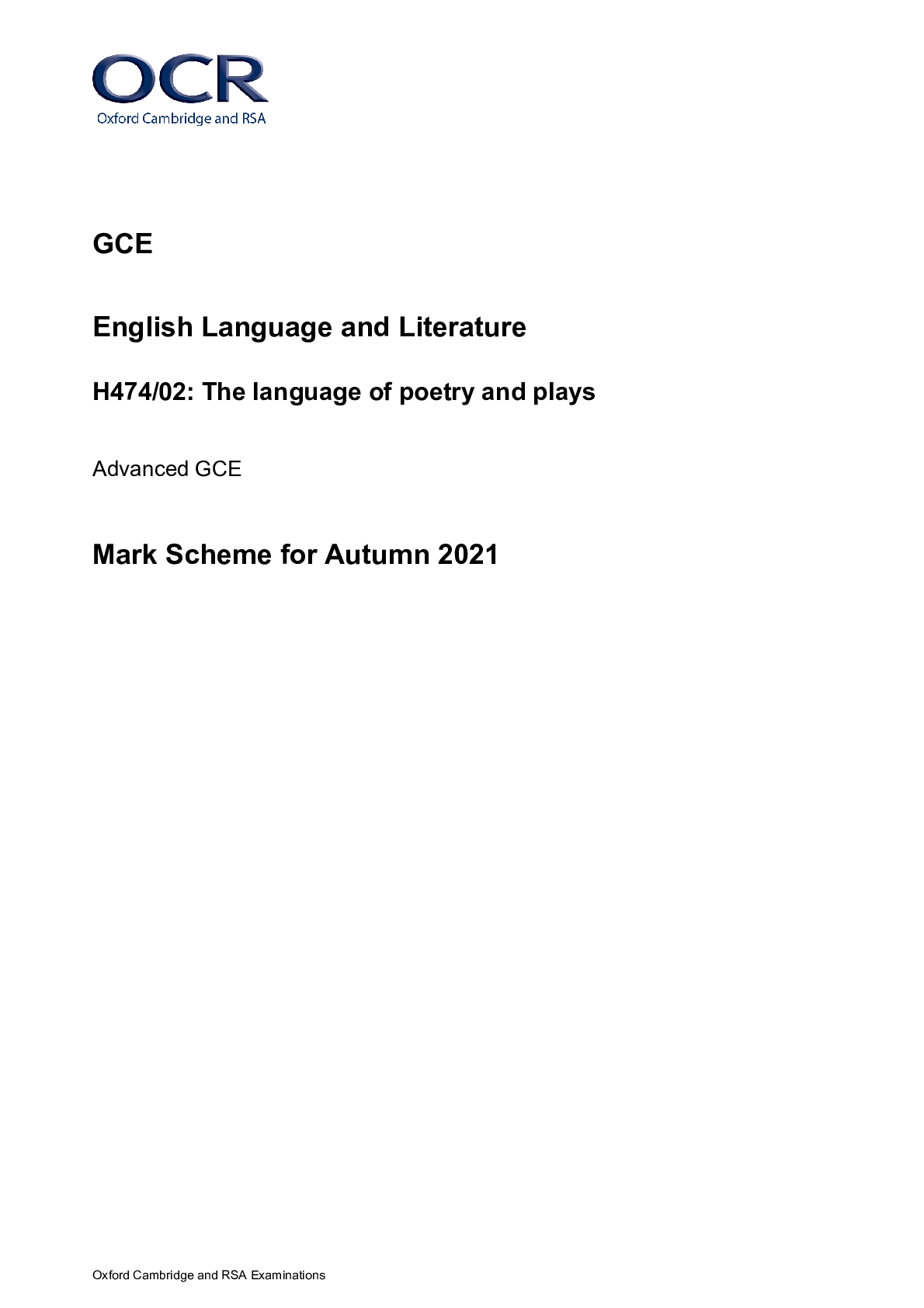
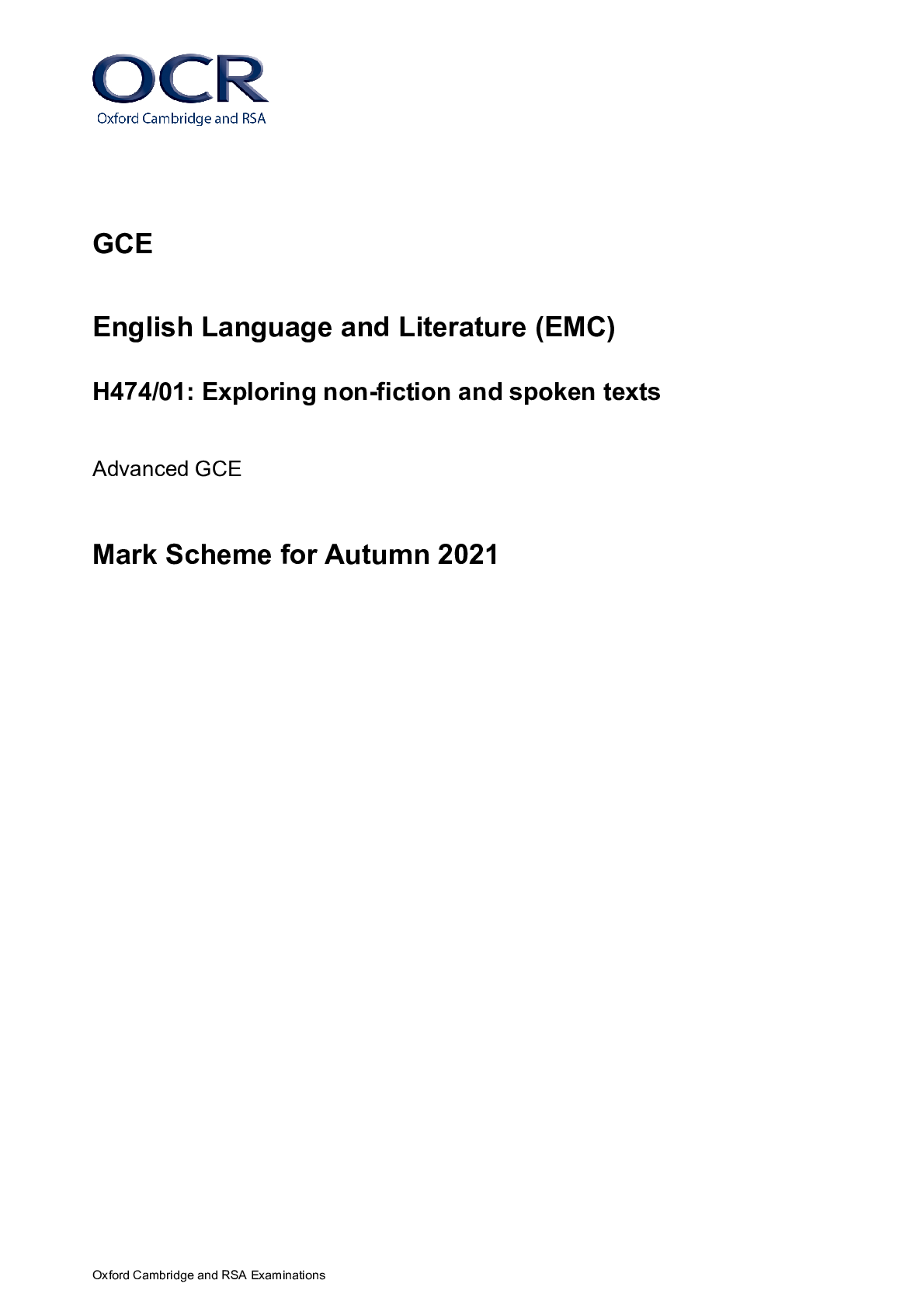


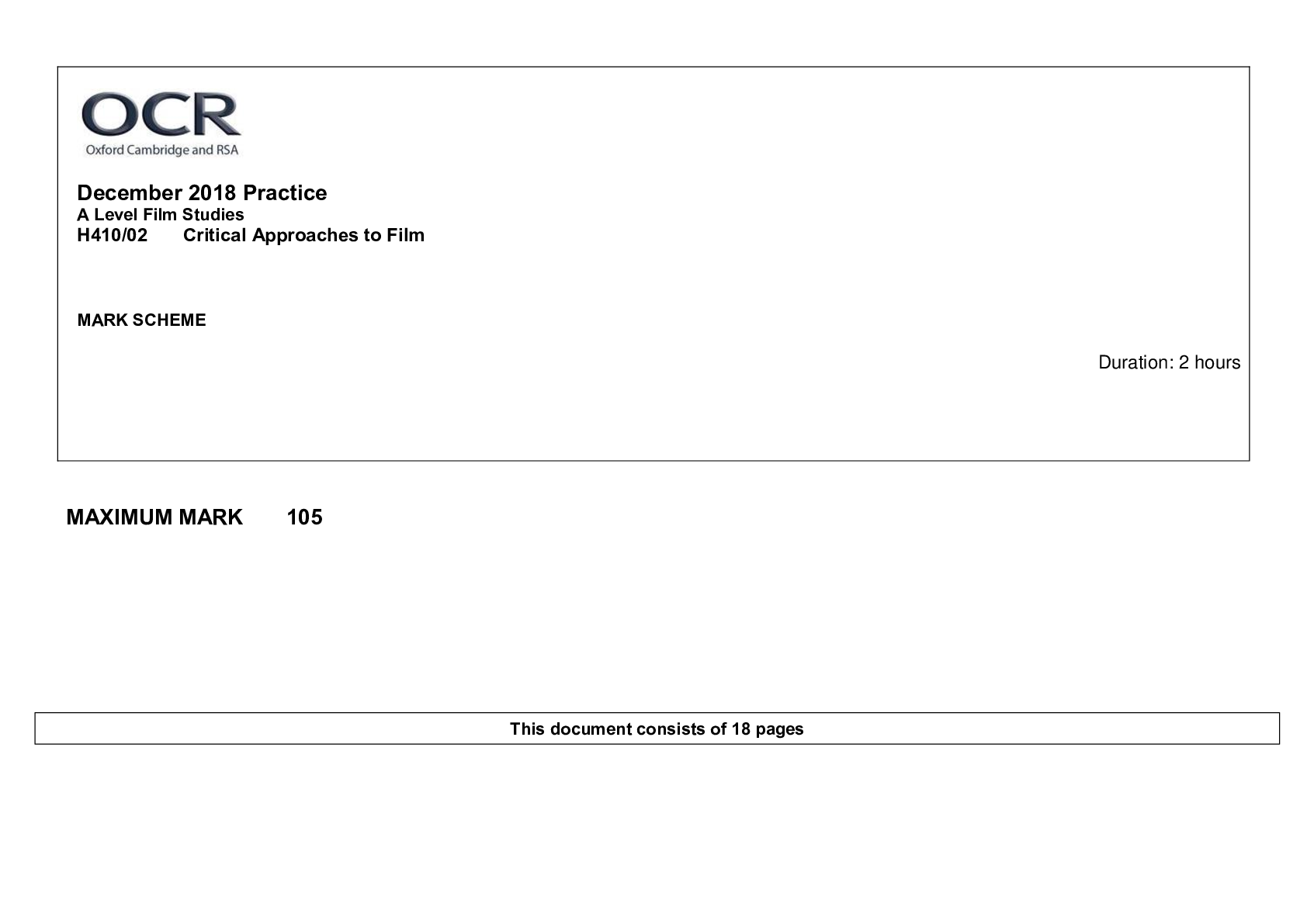


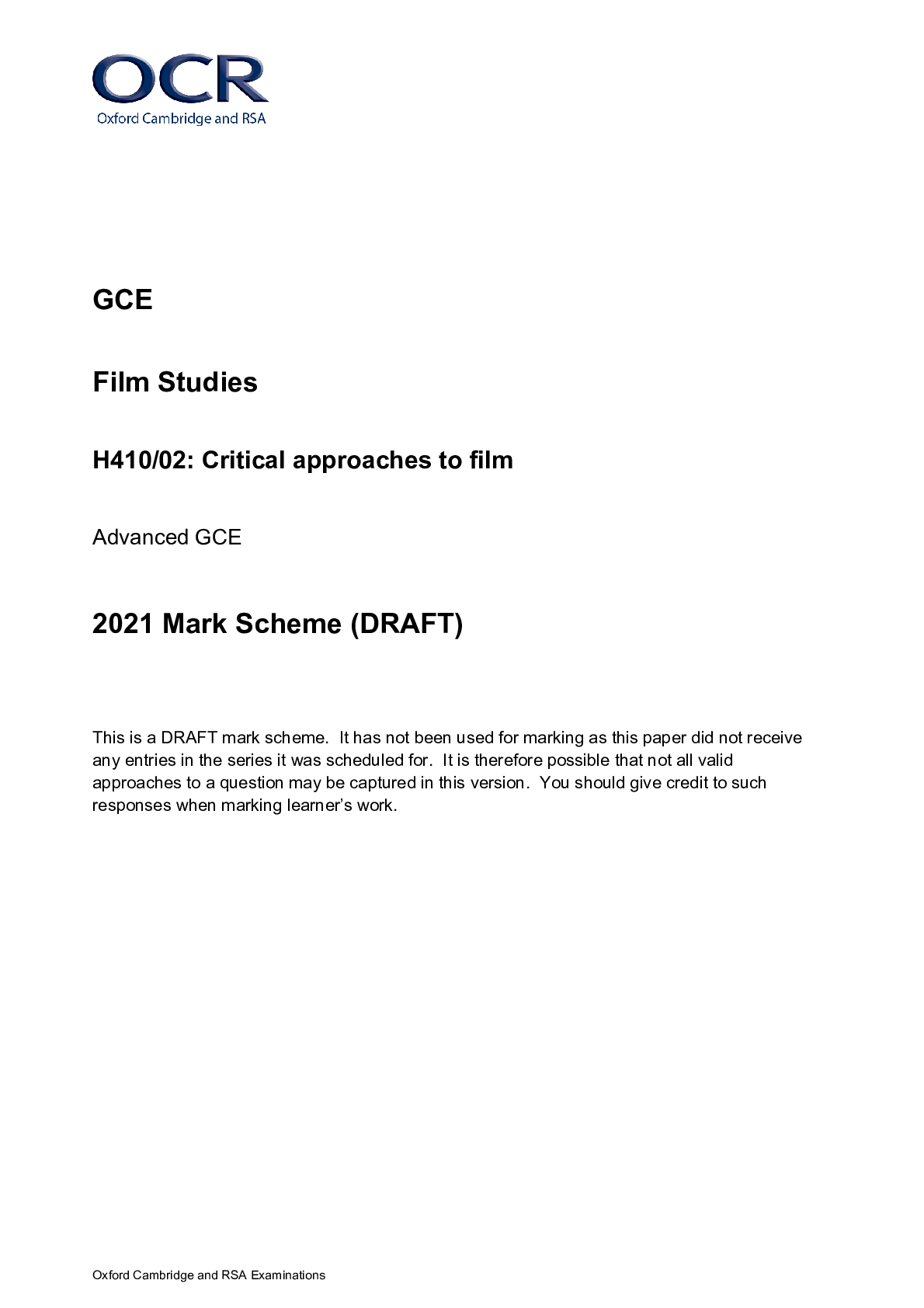
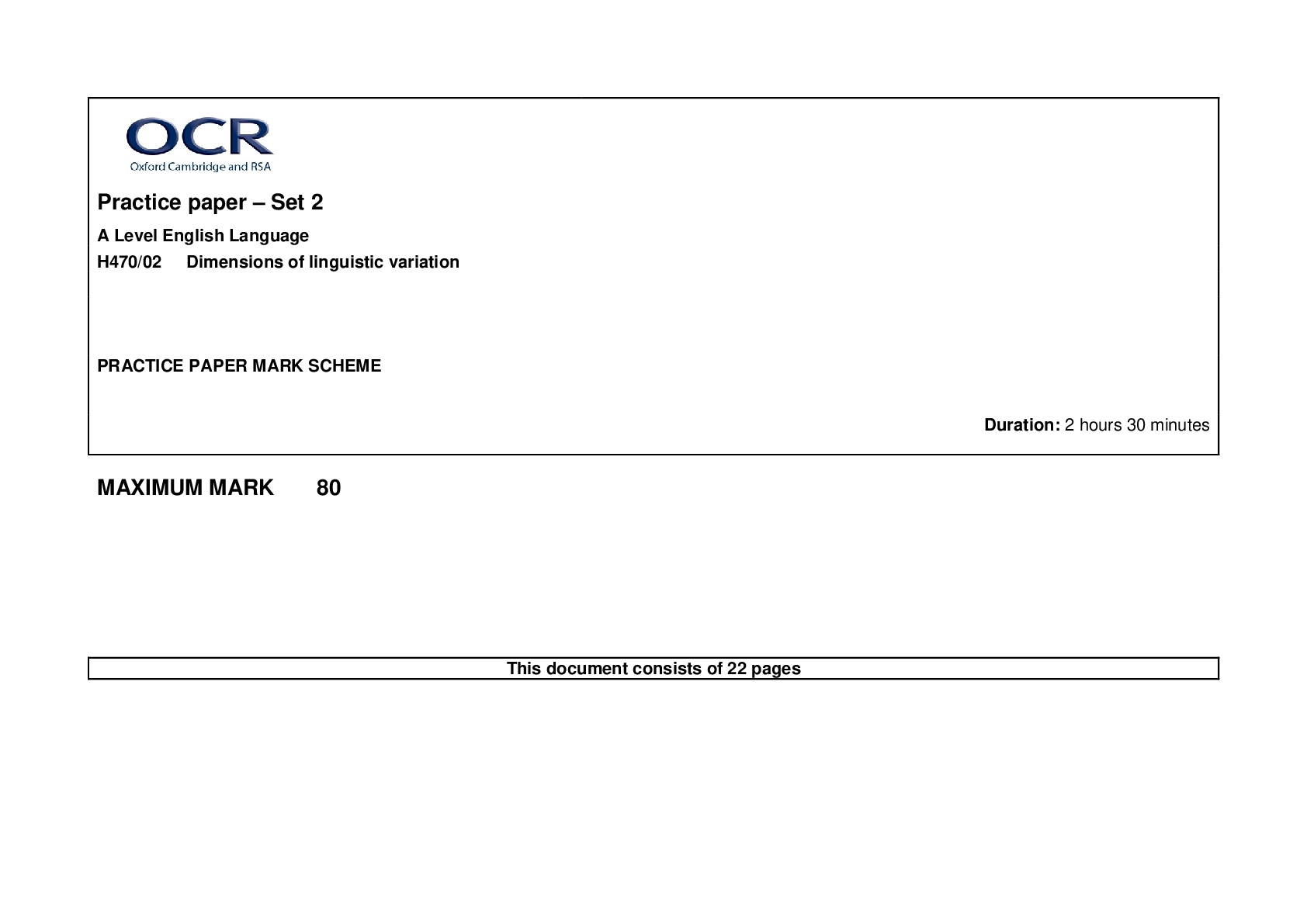
H63001Pure Mathematics and MechanicsMARK SCHEM.png)
